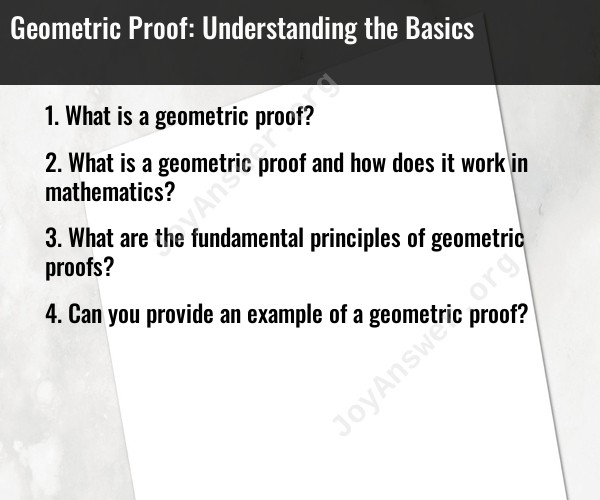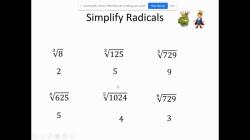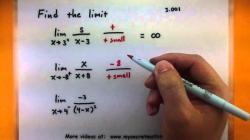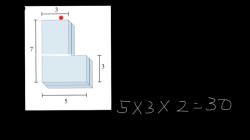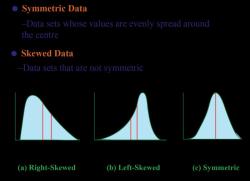What is a geometric proof?
A geometric proof is a method of demonstrating the truth of a mathematical statement or theorem within the context of geometry. Geometric proofs use logical reasoning and a series of steps to establish the validity of a particular geometric concept or relationship. These proofs are commonly used in geometry to confirm geometric properties, solve problems, and support mathematical arguments.
Key components of a geometric proof include:
Given Information: The proof starts with a set of known facts or assumptions, often referred to as "given information." This information provides the foundation for the proof.
Statements and Reasons: A geometric proof consists of a sequence of statements, each of which is accompanied by a reason or justification. These reasons typically include axioms, definitions, postulates, or previously established theorems. Each statement builds upon the previous ones in a logical progression.
Goal: The goal of a geometric proof is to demonstrate a specific geometric fact, relationship, or theorem. This is often stated as a "conclusion" that needs to be proven.
Logical Deductions: The proof involves using logical deductions and geometric properties to establish that the conclusion follows logically from the given information and a series of well-supported statements.
Validity and Completeness: A valid geometric proof demonstrates that the conclusion is true based on the given information and logical reasoning. A complete proof leaves no room for doubt and provides a clear and rigorous argument.
There are different methods and approaches to creating geometric proofs, including direct proofs, indirect proofs (proofs by contradiction), and proofs by construction. The choice of method depends on the nature of the theorem being proven and the available tools and techniques.
Geometric proofs are a fundamental part of geometry and mathematics in general. They not only establish the truth of geometric concepts but also develop logical thinking and problem-solving skills. These proofs are essential for understanding and applying geometry to real-world problems and mathematical theory.
What is a geometric proof and how does it work in mathematics?
A geometric proof is a logical argument that shows that a geometric statement is true. Geometric proofs are used to prove theorems, which are general statements about geometric figures.
Geometric proofs are based on the following fundamental principles:
- Axioms: Axioms are statements that are assumed to be true without proof.
- Postulates: Postulates are statements that are assumed to be true without proof, but they are more specific than axioms.
- Definitions: Definitions are statements that explain the meaning of geometric terms.
- Theorems: Theorems are statements that have been proven to be true.
Geometric proofs are constructed using a series of logical steps. Each step must be justified by an axiom, postulate, definition, or previously proven theorem.
What are the fundamental principles of geometric proofs?
The fundamental principles of geometric proofs are the following:
- Logic: Geometric proofs must be logically sound. This means that each step in the proof must follow logically from the previous steps.
- Accuracy: Geometric proofs must be accurate. This means that all of the statements in the proof must be true.
- Completeness: Geometric proofs must be complete. This means that the proof must show that the geometric statement is true in all cases.
Can you provide an example of a geometric proof?
Sure, here is an example of a simple geometric proof:
Theorem: The sum of the angles in a triangle is 180 degrees.
Proof:
- Draw a triangle.
- Label the angles of the triangle A, B, and C.
- Draw a line parallel to AC through B.
- Angle B' is equal to angle B because they are alternate interior angles.
- Angle A' is equal to angle A because they are corresponding angles.
- The sum of the angles in triangle A'BC' is 180 degrees.
- Therefore, the sum of the angles in triangle ABC is 180 degrees.
This proof is logically sound, accurate, and complete. It shows that the theorem is true in all cases.
Geometric proofs are an important part of mathematics. They help us to understand the properties of geometric figures and to develop new theorems. Geometric proofs are also used in many other areas of mathematics, such as trigonometry and calculus.
